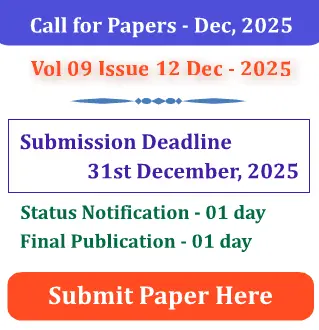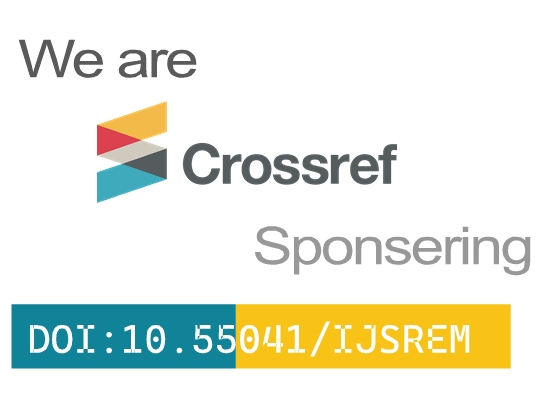Progressive Collapse Analysis
Chirag KaPatel
Assistant Professor, Department of Civil Engineering, DD University, Nadiad, Gujarat
Prajapati Mitesh
Student, L. D. College of Engineering, Ahmedabad, Gujarat
ABSTRACT
Progressive collapse, defined as the disproportionate failure of a structure triggered by local damage, has become a critical concern in the design of blast-resistant and high-risk facilities. Over the past three decades, major accidental and intentional events have highlighted the vulnerability of structural systems to localized failure and the importance of robustness, redundancy, and continuity in structural design. Among various approaches proposed for assessing collapse potential, the Alternate Load Path (ALP) method has emerged as the most widely accepted, codified, and implemented framework due to its threat-independent nature and compatibility with mainstream structural analysis tools. This paper presents a comprehensive state-of-the-art review of progressive collapse research with emphasis on the ALP method for blast-resistant design. Key contributions from international design codes, government guidelines, experimental investigations, and advanced numerical modeling are synthesized to trace the evolution of this methodology. Comparative evaluation with direct dynamic and energy-based approaches is provided to highlight strengths, limitations, and the role of ALP within modern design practice. The review also addresses emerging trends such as hybrid ALP-dynamic formulations, energy-based criteria, and probabilistic frameworks for risk-informed assessment. Finally, current gaps and future research needs are identified, including the need for expanded experimental databases, multi-hazard interaction studies, and codified performance-based design procedures. This review aims to serve as a consolidated reference for researchers and practitioners seeking to enhance the robustness of structures against blast-induced progressive collapse through systematic application and advancement of the Alternate Load Path method.
DOI: 10.55041/IJSREM3625







